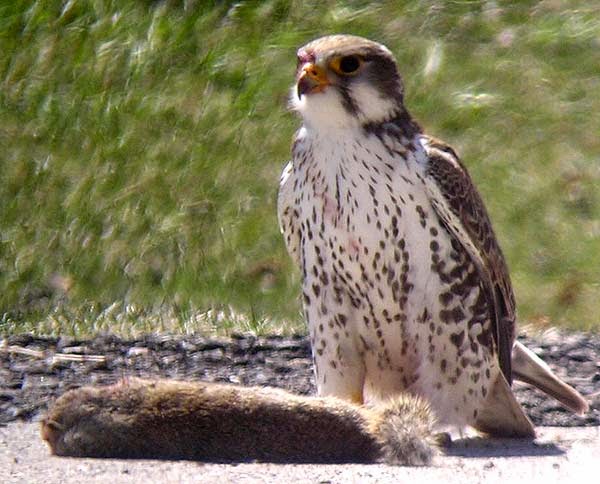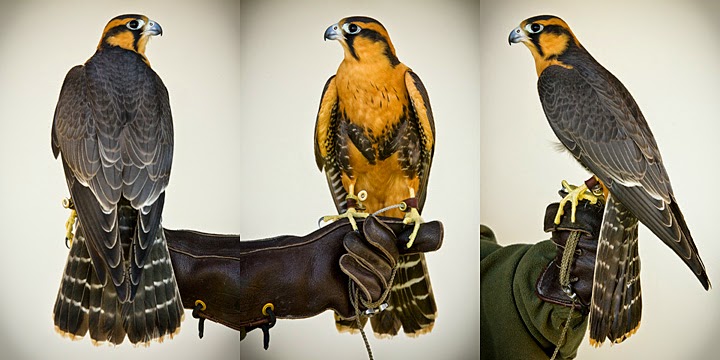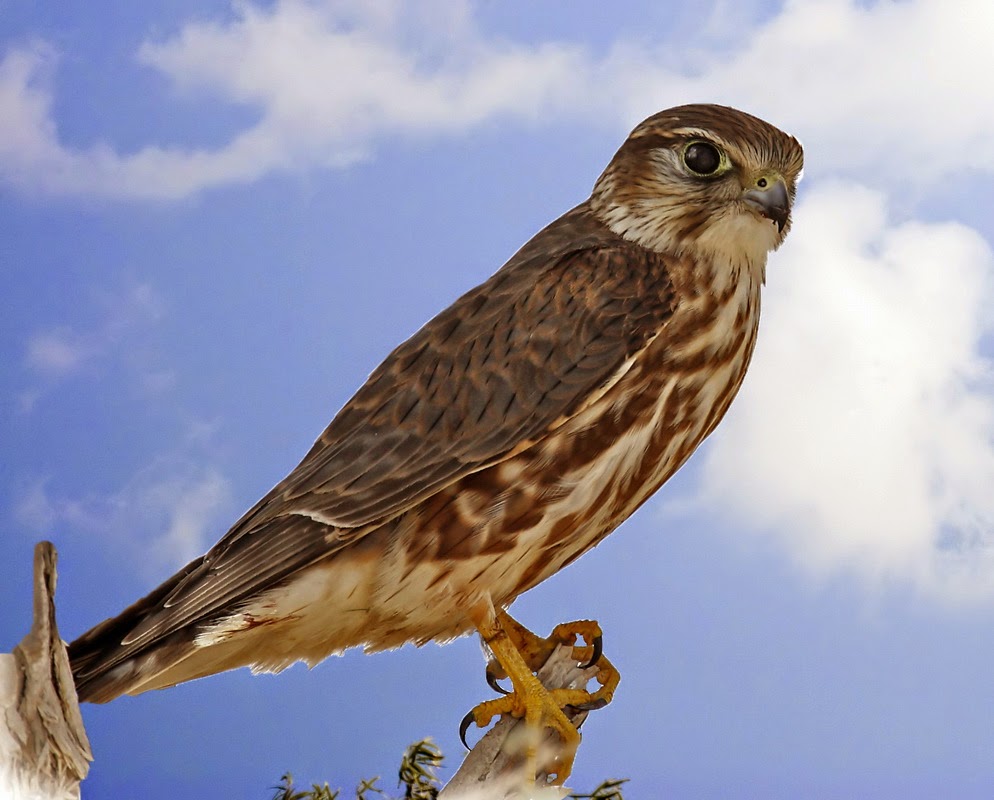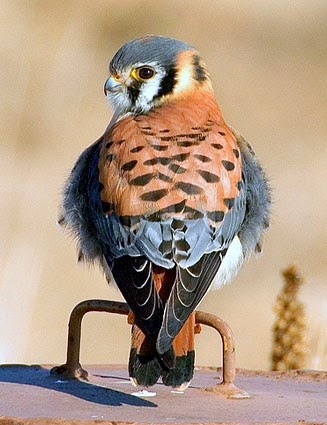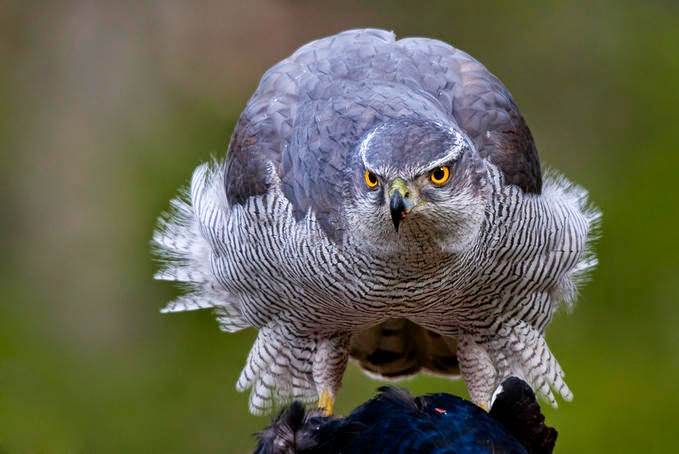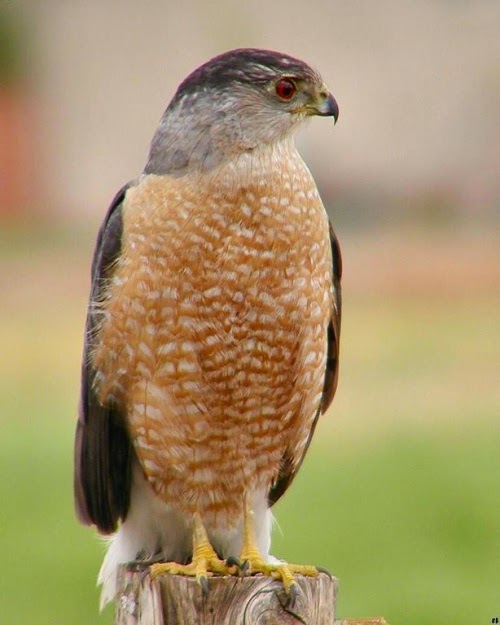Bellied Sea Eagle
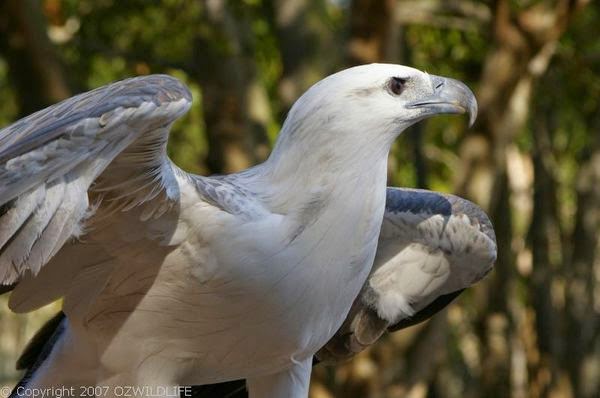
Eagles are very spectacular , very large (70-85 cm). With size can be regarded as the king of the ocean. Scattered on the coast and sometimes into the lowland forest. There is a record of life in the highlands. characteristic The size of a very large, sturdy wing length and width, head and tail very short length forming a wedge. The dominant color is white, the wings form a black pattern and black top - white on the bottom. Juvenile: white color replaced rather pale brown color. custom Flying low over the water and grabbed his prey, such as fish or sometimes other birds. Bersura loud "ah..ah" "
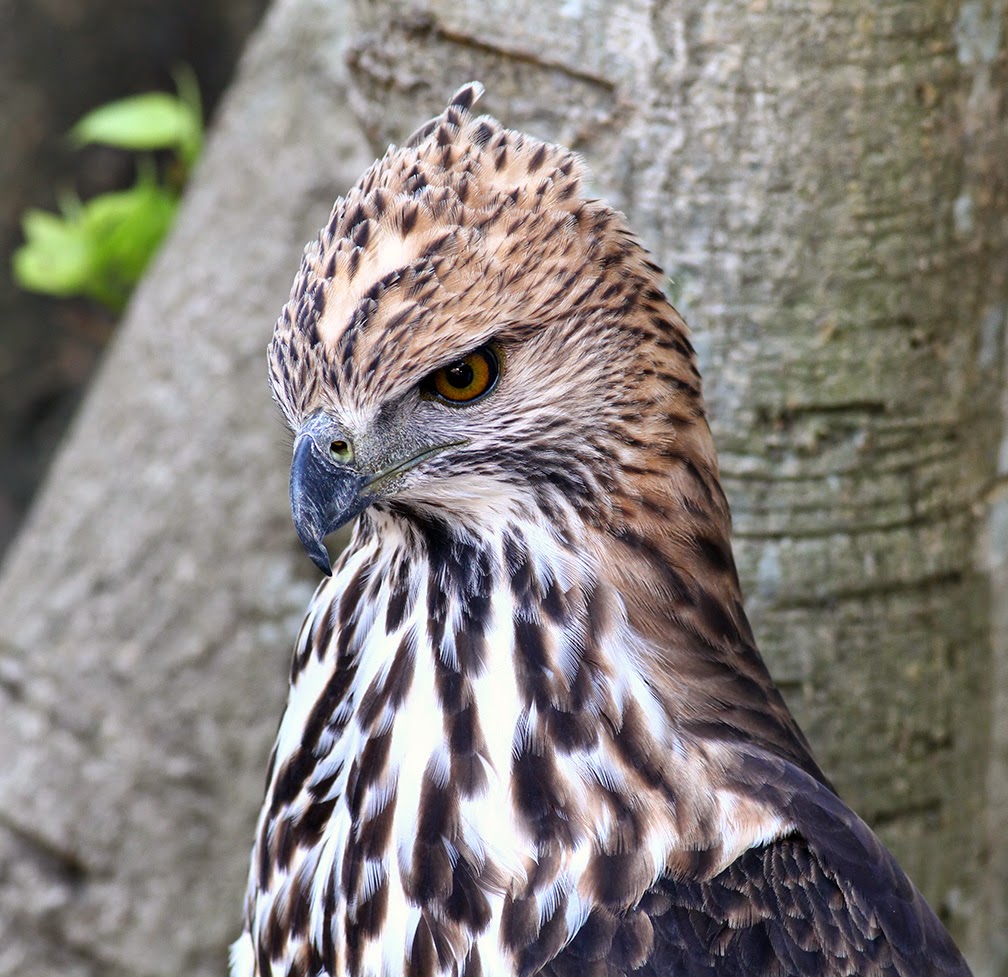




.jpg)



